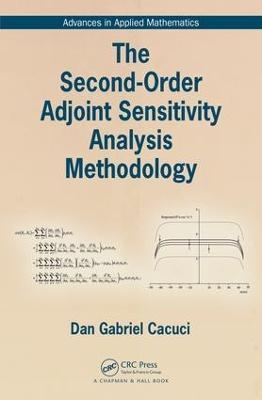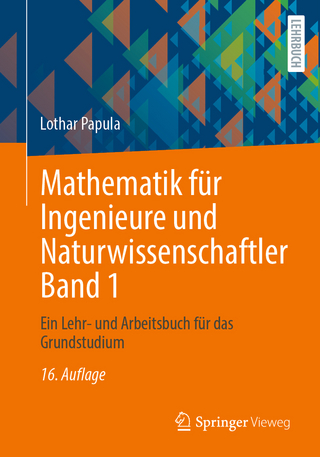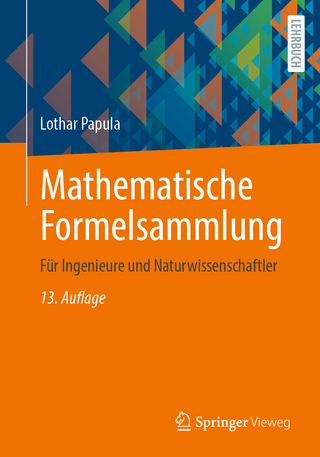
The Second-Order Adjoint Sensitivity Analysis Methodology
Chapman & Hall/CRC (Verlag)
978-1-4987-2648-1 (ISBN)
- Titel z.Zt. nicht lieferbar
- Versandkostenfrei innerhalb Deutschlands
- Auch auf Rechnung
- Verfügbarkeit in der Filiale vor Ort prüfen
- Artikel merken
The Second-Order Adjoint Sensitivity Analysis Methodology generalizes the First-Order Theory presented in the author’s previous books published by CRC Press. This breakthrough has many applications in sensitivity and uncertainty analysis, optimization, data assimilation, model calibration, and reducing uncertainties in model predictions. The book has many illustrative examples that will help readers understand the complexity of the subject and will enable them to apply this methodology to problems in their own fields.
Highlights:
• Covers a wide range of needs, from graduate students to advanced researchers
• Provides a text positioned to be the primary reference for high-order sensitivity and uncertainty analysis
• Applies to all fields involving numerical modeling, optimization, quantification of sensitivities in direct and inverse problems in the presence of uncertainties.
About the Author:
Dan Gabriel Cacuci is a South Carolina SmartState Endowed Chair Professor and the Director of the Center for Nuclear Science and Energy, Department of Mechanical Engineering at the University of South Carolina. He has a Ph.D. in Applied Physics, Mechanical and Nuclear Engineering from Columbia University. He is also the recipient of many awards including four honorary doctorates, the Ernest Orlando Lawrence Memorial award from the U.S. Dept. of Energy and the Arthur Holly Compton, Eugene P. Wigner and the Glenn Seaborg Awards from the American Nuclear Society.
Dan Gabriel Cacuci is a South Carolina SmartState Endowed Chair Professor and the Director of the Center for Nuclear Science and Energy, Department of Mechanical Engineering at the University of South Carolina. He has a Ph.D. in Applied Physics, Mechanical and Nuclear Engineering from Columbia University. He is also the recipient of many awards including four honorary doctorates, the Ernest Orlando Lawrence Memorial award from the U.S. Dept. of Energy and the Arthur Holly Compton, Eugene P. Wigner and the Glenn Seaborg Awards from the American Nuclear Society.
Preface Acknowledgments Author1. Motivation for Computing First- and Second-Order Sensitivities of System Responses to the System’s Parameters 2. Illustrative Application of the 2nd-ASAM to a LinearEvolution Problem 3. The 2nd-ASAM for Linear Systems 4. Application of the 2nd-ASAM to a Linear Heat Conduction andConvection Benchmark Problem 5. Application of the 2nd-ASAM to a Linear ParticleDiffusion Problem 6. Application of the 2nd-ASAM for Computing Sensitivities ofDetector Responses to Uncollided Radiation Transport 7. The 2nd-ASAM for Nonlinear Systems 8. Application of the 2nd-ASAM to a Nonlinear HeatConduction ProblemReferencesIndex
| Erscheinungsdatum | 25.05.2016 |
|---|---|
| Reihe/Serie | Advances in Applied Mathematics |
| Zusatzinfo | 17 Tables, black and white; 95 Illustrations, black and white |
| Sprache | englisch |
| Maße | 156 x 234 mm |
| Gewicht | 614 g |
| Themenwelt | Mathematik / Informatik ► Mathematik ► Angewandte Mathematik |
| Naturwissenschaften ► Physik / Astronomie | |
| ISBN-10 | 1-4987-2648-8 / 1498726488 |
| ISBN-13 | 978-1-4987-2648-1 / 9781498726481 |
| Zustand | Neuware |
| Informationen gemäß Produktsicherheitsverordnung (GPSR) | |
| Haben Sie eine Frage zum Produkt? |
aus dem Bereich


